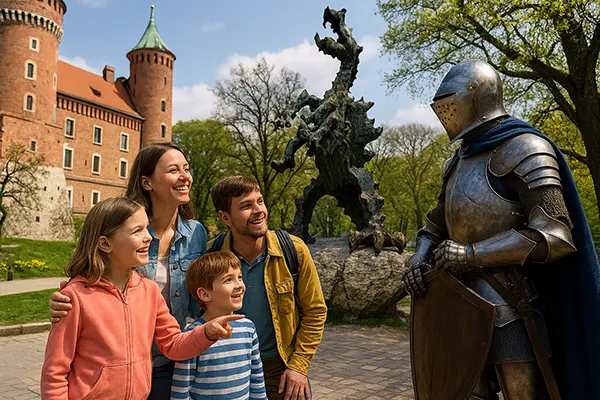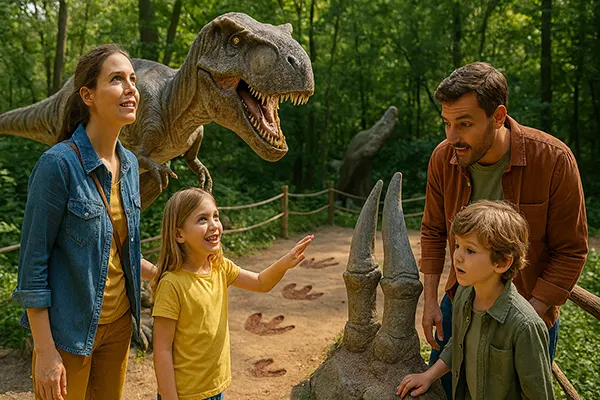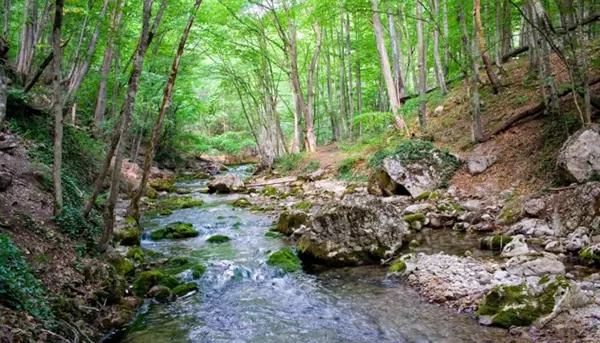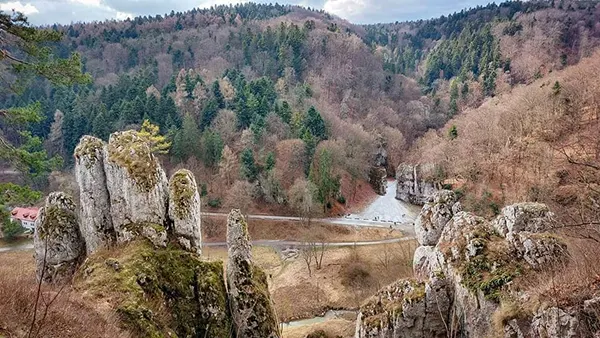
Interactive Cultural Routes for Families in Poland
Poland is a treasure trove of cultural and historical heritage that can be explored even with the youngest travellers. In recent years, the country has developed a wide range of attractions adapted specifically for family tourism. From interactive science centres to fairy-tale castles and immersive legend parks, Poland offers unique routes for families who seek both learning and fun during their journeys. Below is a detailed guide to some of the most captivating destinations and experiences available as of February 2025.
Castles and Fortresses with Family Programmes
Many Polish castles have transformed their historical premises into child-friendly attractions without compromising their cultural value. The Wawel Royal Castle in Kraków, for instance, now offers guided tours designed for children, where stories of dragons and kings come alive through costumed actors and animation effects. Children can learn about medieval life by trying on armour and participating in hands-on workshops.
In Lower Silesia, the Czocha Castle offers a fantasy-inspired experience where young visitors can enrol in a “School of Wizards”. Here, history and magic intertwine, with family packages including interactive quests and story-based exploration of the site. It’s a perfect blend of cultural enrichment and entertainment.
Similarly, the Malbork Castle—Europe’s largest Gothic fortress—features reconstructed scenes and exhibits made especially for children. Through 3D projections and mobile apps, the Teutonic history becomes a game-like experience, captivating even the youngest guests while educating them about Poland’s past.
Legend Parks and Historical Storytelling
Poland’s dedication to cultural education for children is evident in its growing number of legend-themed parks. One standout is Park Legend in Nowa Sól, where local folklore is reimagined through audio-visual installations, animatronics, and interactive sculptures. Visitors walk through thematic zones dedicated to witches, dragons, and folk heroes, experiencing each legend through sight and sound.
Another popular destination is the Legendia Theme Park in Silesia, which combines amusement rides with storytelling elements rooted in Polish myths. The park not only entertains but also subtly introduces children to traditional Polish tales through immersive environments and characters.
These parks serve as a bridge between entertainment and cultural education, allowing families to enjoy an adventurous day out while gaining insight into the rich oral traditions of Poland.
Museums Adapted for Young Minds
Polish museums have become increasingly accommodating to children’s learning styles, ensuring that cultural visits are engaging rather than passive. The Copernicus Science Centre in Warsaw is a benchmark institution in this regard. Featuring over 450 interactive exhibits, the centre allows children to conduct their own experiments and learn scientific principles in a playful and intuitive way.
In Łódź, the Museum of Animation and Cinematography introduces young visitors to the magic of Polish film production. Interactive displays let children create their own animations, while thematic zones explain the evolution of cinema in Poland. It’s both informative and entertaining.
Another gem is the Museum for Children within the Ethnographic Museum in Warsaw. Specifically tailored for children, the space includes workshops, mini-exhibitions, and storytelling corners where cultural traditions are explained through games, puzzles, and art.
Hands-on Learning in Cultural Centres
Hands-on learning continues to be a driving philosophy in Poland’s family-oriented cultural offerings. The Silesian Museum in Katowice has integrated augmented reality and touchscreen exhibits that encourage children to explore regional history in an interactive format. Guided programmes for families help bridge the generational gap, making the experience engaging for all ages.
In Gdynia, the Experyment Science Centre offers thematic zones like the human body, nature, and physics, which kids can explore through sensory-based activities. This approach is especially beneficial for kinesthetic learners who thrive on physical interaction with their environment.
These institutions understand that learning doesn’t have to be linear or lecture-based. By providing children with the tools to interact, create, and question, they ensure a deeper and more lasting understanding of Polish culture.

Nature Trails with Cultural Value
The Polish Beskids offer more than just hiking trails—they are hubs of cultural storytelling. Several family-oriented routes now include stops with QR codes linking to audio tales about the region’s traditions, fairy tales, and local customs. These stories are narrated by professional actors and synchronised with the environment to offer a multimedia experience during the hike.
The Little Beskids Trail features themed educational stations where children can learn about regional flora and fauna while also hearing stories about mountain spirits and highland culture. Families often report that this makes long walks much more engaging for younger participants.
In the Tatra Mountains, Zakopane offers a “Cultural Trek” route that includes wooden churches, folklore museums, and artisan workshops, all accessible by foot or bike. These routes allow families to explore nature while immersing themselves in local heritage and crafts.
Farm Tourism and Regional Craftsmanship
Agrotourism is another way to introduce children to Poland’s cultural roots. Many family farms now offer day-long or weekend stays where children can feed animals, bake traditional bread, or weave regional patterns. These experiences are especially popular in regions like Podlasie and Mazury.
Workshops on traditional Polish crafts such as pottery, embroidery, and wood carving are often part of the package. Parents and children work side by side with artisans, gaining not just skills but also an appreciation of the cultural context behind each item.
This form of cultural tourism strengthens family bonds and connects children to a way of life that may seem distant in today’s urbanised world. It provides a grounded, tactile learning experience that leaves lasting impressions.
Popular articles
-
 Moszna Castle: A Fairytale Landmark of Lower Silesia
Moszna Castle: A Fairytale Landmark of Lower SilesiaMoszna Castle stands as one of the most recognisable historical …
-
 Roztocze — the Green Pearl of Eastern Poland
Roztocze — the Green Pearl of Eastern PolandRoztocze, a scenic region stretching across the Lublin Voivodeship in …
-
 Kraków Valleys — Picturesque Gorges, Rocks and Walking Trails near Kraków
Kraków Valleys — Picturesque Gorges, Rocks and Walking Trails near KrakówThe Kraków Valleys, known in Polish as Dolinki Krakowskie, are …
